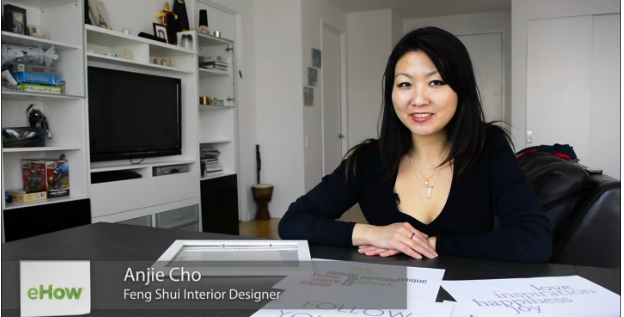If you’ve ever heard the term “smudging” and it wasn’t in reference to mascara, you probably know what saging for space clearing is. Or at least that it exists. Smudging is not a feng shui term, and for our purposes, we will refer to it as saging, but essentially, they are one in the same. Saging dates back hundreds of years, and although it is known to have been present in many cultures, the most relevant and popular history of this practice comes from the American Indian. Native Americans utilized saging based on the idea that during this process, smoke attached itself to any negative energy, and when the smoke dissipated, any negative energy was taken along as well, thus clearing the room of these not-so-friendly vibes. Some research also makes a symbolic connection between the transformation of physical herbs into their spiritual form as smoke. The art of saging is still alive today and can be used for the feng shui practice of space clearing.
Though there are various types of sage, the most commonly used plant for the process of smudging is white sage, which often comes from California, and therefore is referred to as California White Sage. White sage can also be identified by its plant name, Salvia Apiana. Interestingly, the latin term “salvia” is actually derived from the term “to heal,” which serves as another testament to the history of saging. In addition to being most common, white sage is also the most recommended type for use in saging, although it is said that, provided it is dried, garden sage will also work. White sage is recommended, but for the most part, it is the intention behind this practice that grants the process its power. It is worth noting that whatever sage you choose to use, you should make sure it’s pure and organic, otherwise burning it and breathing in the smoke could be very dangerous.
Once you’ve collected the sage for your space clearing, there are specific steps to follow during the actual process.
- Before doing anything else, it’s important to clear the space you intend to sage. Ensure that the area is physically clean and clear of clutter. Turn off all electronic devices within the space. Perhaps the most important aspect of saging is the idea of clearing your head and focusing on specific intentions.
- Once your intention is set, light the sage, then slowly wave it about to extinguish the fire and produce smoke. If you have a sage stick, hold one end and light the other. If you have chosen to use loose sage, be sure to have a fireproof container near to hold the sage as it burns.
- Once your sage is smoking, slowly move through your space to ensure that smoke reaches to all corners and places. Be sure to concentrate on specific areas where energy enters the room such as doorways and hallways, and take time to make sure closet and cabinet doors are open.
- If you’ve been compelled to sage your space, you will likely know what area needs attention, so follow that feeling. You can also guide smoke in all four compass directions, to the heavens above, to the earth below, and within.
- After you clear a space, make sure to fill it with positive intention!
Some suggest burning incense following the smudging, as sage is a masculine smell with yang features, and the femininity and yin of incense balance this out.
Finally, if possible try to obtain sustainably harvested materials. Do the best you can!
Saging is a great way to clear your space! Although it is not traditionally used in feng shui, it's another tool for creating your own holistic space.






